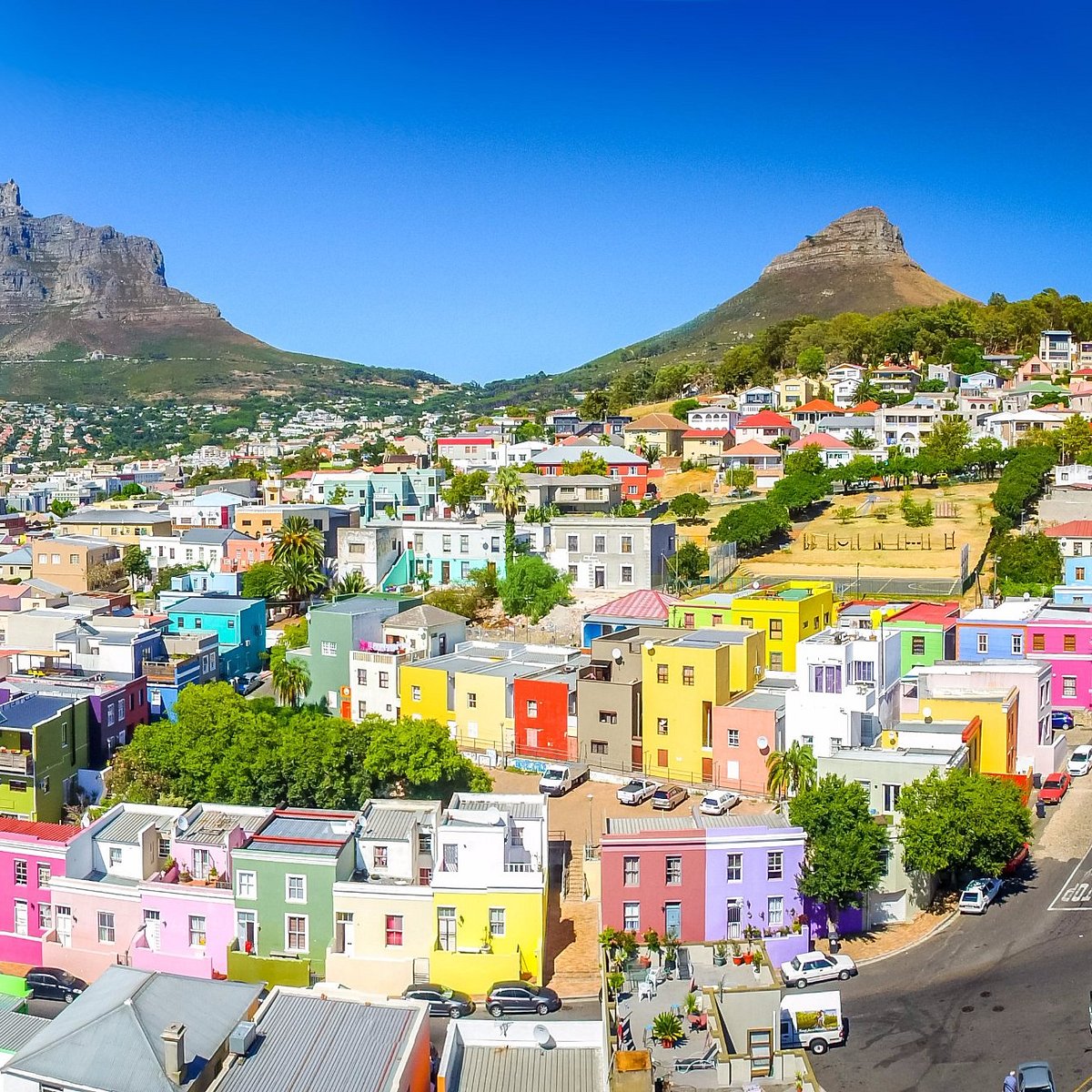Bo-Kaap: A Colorful History in Cape Town

The vibrant neighborhood of Bo-Kaap in Cape Town is a living testament to South Africa's rich and diverse heritage. Steeped in history and culture, this picturesque area has a story to tell around every cobblestone corner.
Bo-Kaap's most distinctive feature is its colorful houses, painted in shades of turquoise, pink, yellow, and green. But these vibrant hues are more than just a feast for the eyes – they hold a deeper significance rooted in the area's past.
Originally known as the Malay Quarter, Bo-Kaap is home to descendants of slaves brought to Cape Town by the Dutch in the 17th and 18th centuries. These slaves, mostly from the Malay Archipelago, Indonesia, and other parts of Africa, brought with them their traditions, languages, and culinary heritage, shaping the cultural fabric of the neighborhood.
Throughout its history, Bo-Kaap has been a site of resistance against oppression. During apartheid, the area became a symbol of defiance against forced removals and segregation, with residents fighting to preserve their cultural identity and heritage.
Today, Bo-Kaap remains a vibrant hub of Cape Malay culture, with its cobbled streets lined with mosques, spice shops, and traditional Cape Malay restaurants. Visitors can immerse themselves in the rich tapestry of Bo-Kaap's history by exploring its museums, joining guided walking tours, or simply wandering its colorful streets and soaking in the atmosphere.
Bo-Kaap is more than just a neighborhood – it's a living testament to the resilience, diversity, and spirit of the people who call it home. As you wander through its vibrant streets and soak in its rich history, you'll discover a community that celebrates its past while embracing the future with open arms.







